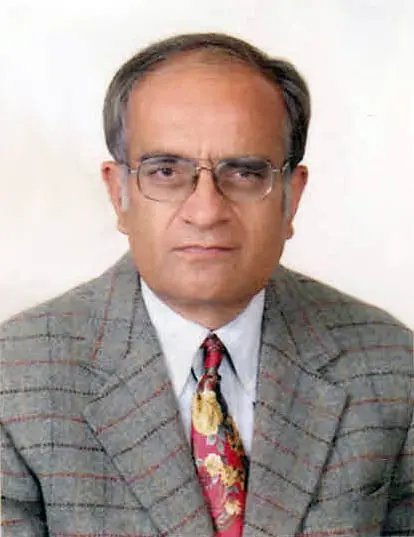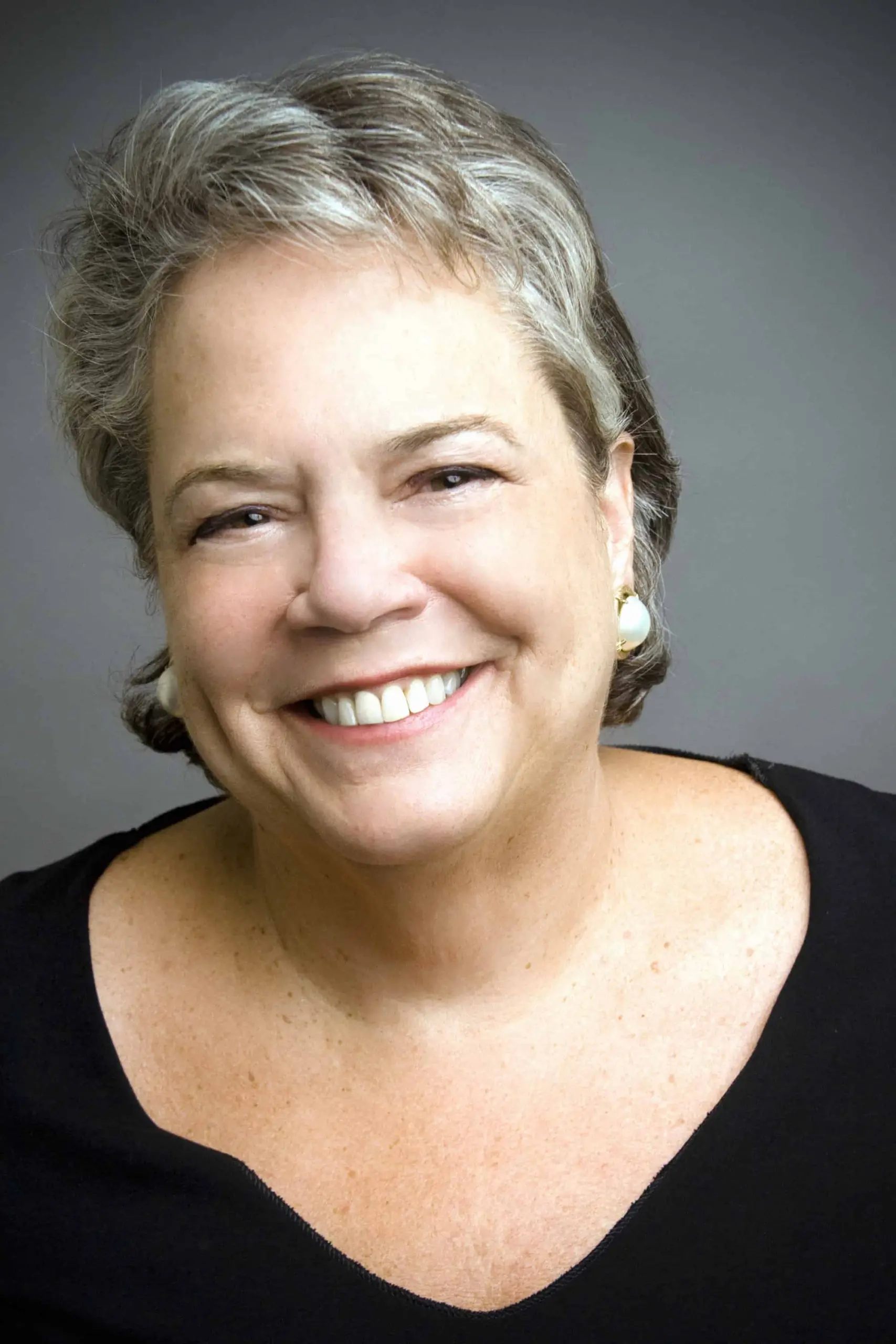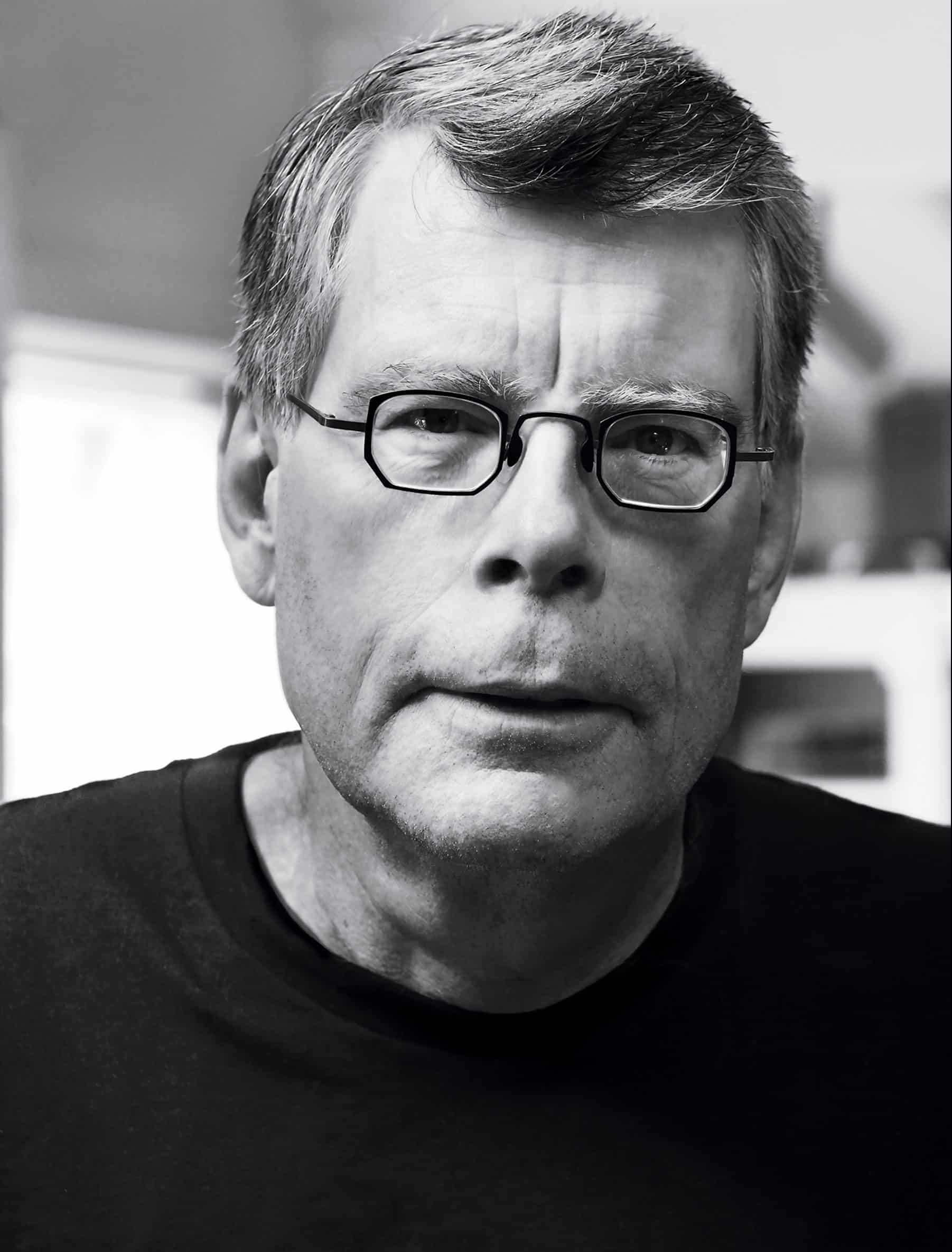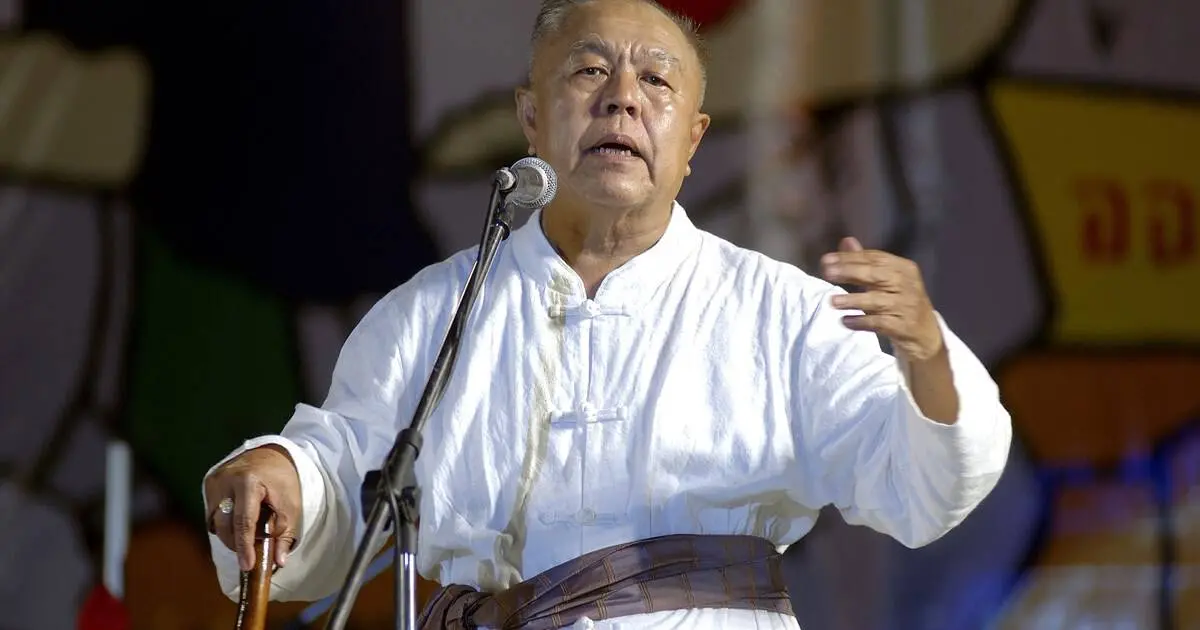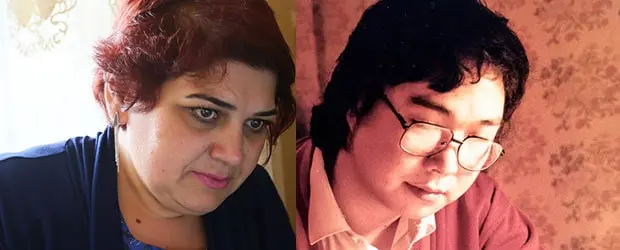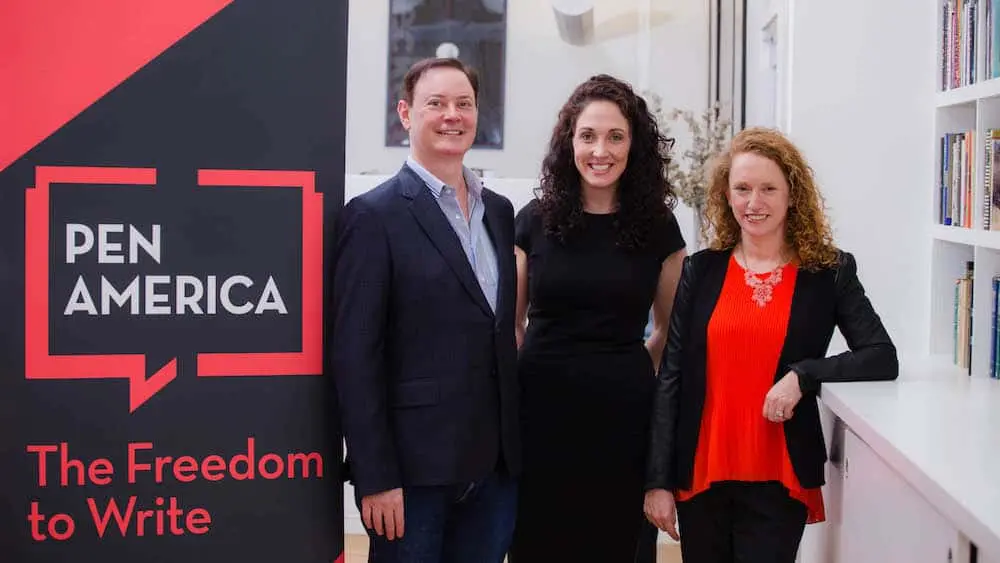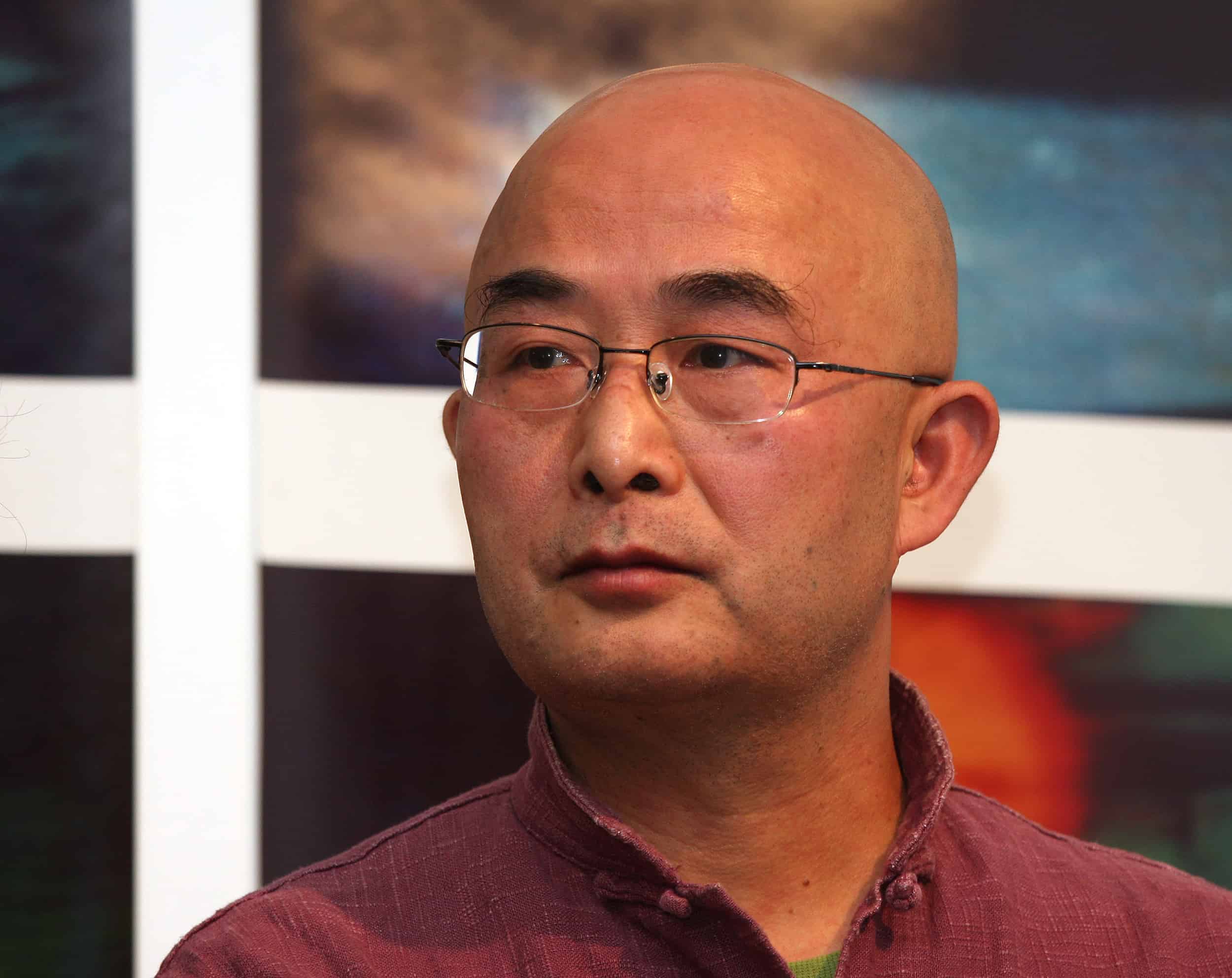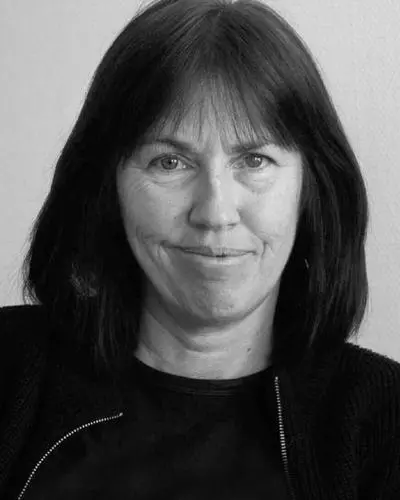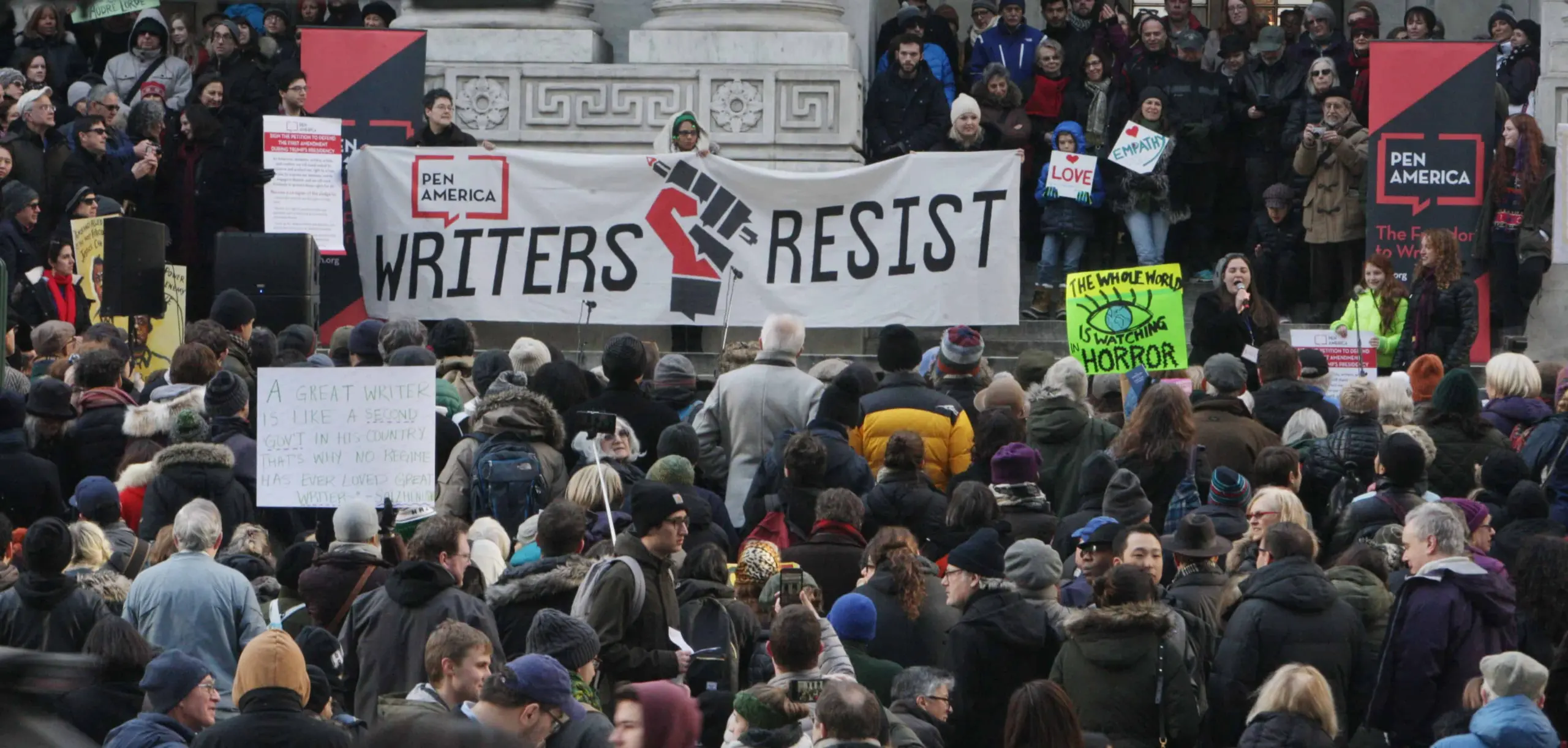Even before he took the oath of office and became the President of the United States, Donald Trump launched a campaign to undermine the public’s trust in the media—an institution he dubbed “the enemy of the American people”—that featured near-daily assaults on the free press. Almost one year later, the Trump Administration has refused to change its tune. Undermining the essential role of a free and open press in maintaining a healthy democracy is a deeply dangerous action for our president to take, one that has implications for the safety of journalists and respect for the work they do both in the United States and abroad.
Fortunately, citizens have many ways to combat the administration’s dangerous rhetoric, and supporting journalists and media institutions that report with integrity is one of the best places to begin—subscribe to your favorite outlets! With that in mind, we highlight five stories below that demonstrate the real value and impact of robust journalism—stories that unearth uncomfortable truths and inspire citizens to be active participants in our democracy and in our society. The fourth estate helps us hold our government to account and understand what it is doing in our name, and today, unlike our president, we choose to celebrate and honor its work.
The Last Person You’d Expect to Die in Childbirth
“The U.S. has the worst rate of maternal deaths in the developed world, and 60 percent are preventable. The death of Lauren Bloomstein, a neonatal nurse, in the hospital where she worked illustrates a profound disparity: The health care system focuses on babies but often ignores their mothers.”
ProPublica and NPR, May 12, 2017
What a Fraternity Hazing Death Revealed About the Painful Search for an Asian-American Identity
“He said he had heard that an Asian writer was going to write about the case from an Asian perspective. I told him that I was, indeed, an Asian writer. He paused and asked if I knew someone who could help him get his story out in a way that wasn’t biased against Asians. I told him that I’d be happy to talk to him, but I wanted to be clear: I wasn’t working on an article whose aim was to exonerate him and his brothers, and he should talk to his lawyer before calling me back. Over the past year, I’ve found myself wondering what exactly Kwan might have meant by an ‘‘Asian perspective.’’ Was he asking for fairness or was he asking me to choose sides?”
The New York Times Magazine, August 9, 2017
Hellfire from Above
“The blast happened suddenly, with enough force to toss Carlton Nelson across the power plant’s floor. When he came to, the veteran Tampa Electric mechanic lifted his head and squinted. The tank he had been trying to fix was spewing a deadly substance called slag from an open door, like a volcano gushing lava. Nearby, a forklift was melting in the molten goo. That was in 1997. Two decades later, almost to the day, five workers were killed, burned to death performing a near-identical job at the utility’s Big Bend Power Station in June.”
Tampa Bay Times, August 17, 2017
Fifty-one Inches: Terror, Heartbreak, and Heroism as Five Souls Brave the Worst Storm in U.S. History
“Five people in a region of more than six million, all of them oblivious. They couldn’t have known that a low pressure system in the Atlantic would, over the next week, grow into the fiercest hurricane to hit Texas in four decades. That it would stall over Houston and dump 51.88 inches of rain at Cedar Bayou in East Harris County, more than any storm in U.S. history. That it would fill 50,000 homes with water, kill four dozen people and test the resolve of America’s fourth-biggest city.”
Houston Chronicle, September 2, 2017
Seven Days of Heroin: This Is What an Epidemic Looks Like
“Every day across Ohio, the epidemic keeps claiming new victims. Heroin users, their families, their children, their neighbors, those who try to help them, even those who have no empathy for their pain suffer from the effects of the drug on our communities. Two years ago Terry DeMio, who was already covering the topic as part of her duties at The Enquirer, became perhaps the only reporter nationwide devoted to full-time coverage of opioid addiction. Despite her award-winning work, Terry—and her colleagues in the newsroom—knew we needed to do more to truly document the impact of heroin here. That led to a 20-page special section and online presentation here. The work assembled here took weeks and months of planning and, during a week in July, more than four dozen reporters and photographers spread out across the metro area to document the heavy burden of heroin here.”
Cincinnati Enquirer, September 10, 2017
The Making of an American Nazi
“By all outward appearances, Andrew Anglin had an ordinary, comfortable childhood, at least until adolescence. When Anglin entered the Linworth Alternative Program, Columbus’s “hippie” high school, as a freshman in 1999, other students found him a quiet, insecure kid who craved attention and wanted to fit in. A declared atheist, he styled his reddish hair in dreadlocks and favored jeans with 50-inch leg openings. He often wore a hoodie with a large fuck racism patch on the back. Everyone who’d known Anglin when he was young seemed to wonder the same thing: What had happened to turn him into a neo-Nazi?”
The Atlantic, December 2017

